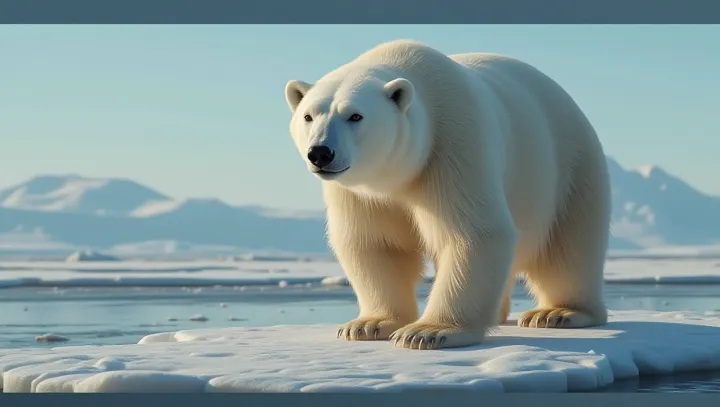Polar Bears: Friend or Foe?

Amidst the icy landscapes of Greenland, polar bears stand as powerful symbols of the Arctic wilderness. These majestic creatures, while often perceived as solitary wanderers, are now facing renewed scrutiny. Are they gentle giants to be admired from afar, or are they dangerous threats that must be approached with caution.
Recent incidents involving polar bears have sparked debates among the residents and scientists in Greenland. Some locals argue that polar bears, despite their impressive physique and formidable presence, rarely display aggression unless provoked. 'They are curious, sometimes even playful,' notes Dr.
Inge Larsen, a leading Arctic biologist. However, the reality is more complex. Polar bears are apex predators, equipped with powerful jaws and sharp claws, making even a chance encounter potentially hazardous.
Environmental changes are causing shifts in their traditional hunting grounds, increasing human-polar bear interactions. Such encounters could pose significant risks both to humans and to the bears themselves. Conservationists emphasize the importance of understanding polar bear behavior to mitigate these risks.
They advocate for educational programs to inform those living in close proximity to these animals. 'We must respect their space and recognize the impact of climate on their habitats,' says Dr. Emily Jones of the Arctic Wildlife Network.
As polar bears navigate the changing Arctic, their dual nature remains under examination. These creatures embody both the enchanting beauty and the untamed danger of their environment, a dynamic that continues to intrigue and challenge those studying them.
